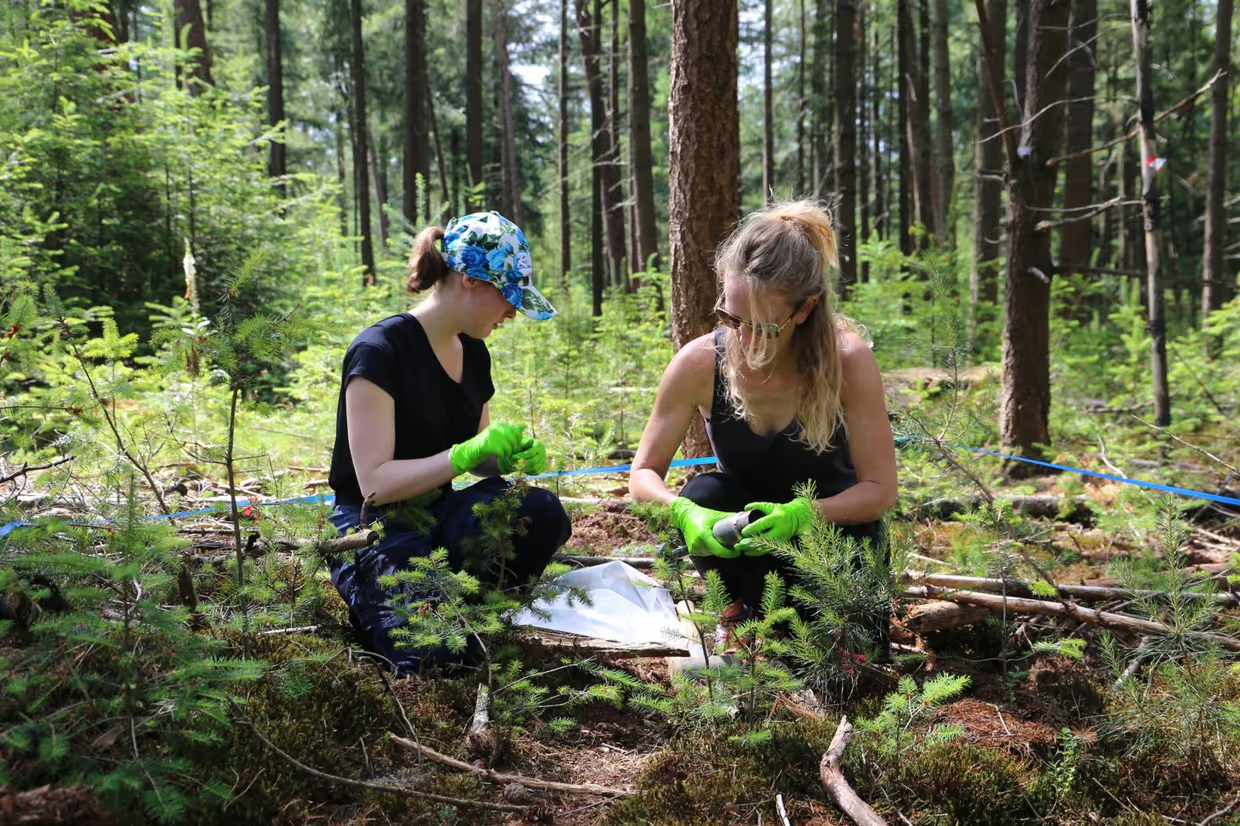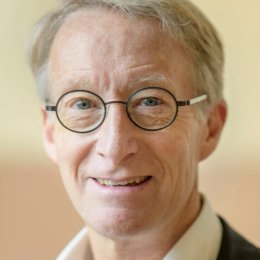Seeing the unseen
Anton Van Leeuwenhoek, a Dutch scientist, in 1677 described how microorganisms lived in different environments. With the help of microscopes, Van Leeuwenhoek was probably the first person to observe bacteria and other microbia.
Across the globe, 8.7 million species have been identified to date. However, by extrapolating DNA work it is estimated that there could be up to one trillion species present. “This means that the species we know, form only a tiny fraction of all the species that are out there. Out there, as well as in our bodies: 90% of our cells are microbia. We are a walking ecosystem.” explains Professor Andrew Skidmore of the ITC Faculty and project leader of BIOSPACE.
More than three hundred years after Van Leeuwenhoek’s paper, and around two hundred kilometers away from his city of Delft, the BIOSPACE project aims to ‘see the unseen’. Within this project, the newfindings from Professor Skidmore and the BIOSPACE team show how eDNA and remote sensing can be used together to map the biodiversity of bacteria and fungi.
Development of new technology is key to these findings. In the past, mapping microbia biodiversity was a tedious process. “With a swab from a leaf or soil, scientists used to grow bacteria in petri dishes, which took a long time and made identifying species difficult”, explains Professor Skidmore. Today, environmental DNA allows us to recognize thousands of species (or taxonomic units) present in a tiny sample, like a teaspoon of soil or a swab of a leaf. “It is still a lab process”, as Professor Skidmore clarifies, “but allows you to gain profiles at any taxonomic level you are interested in”.
MICROBIOME BIODIVERSITY, OF MAJOR IMPORTANCE
One of the goals of the BIOSPACE project is to contribute to the European Union Biodiversity Strategy 2030 as well as the United Nations Convention on Biological Diversity post-2020 targets, which aim to stop the loss of biodiversity by 2030 and restore ecosystems by 2050. Biodiversity loss happens at many different levels, and the fine granular scale that the BIOSPACE project measures is an active area of research and development. “Before managing an area, you need to know: how much biodiversity there is; if there are hotspots; where to focus your efforts; if there is any risk of degradation…” states Professor Skidmore, when explaining the impact of BIOSPACE in policy-making.
BIOSPACE can also be applied to environmental impact assessment, or for monitoring the recovery of areas that have changed and need restoration. As Professor Skidmore explains: “Forest fires, flooding, logging, insect attacks… BIOSPACE can help in every situation that might require an assessment ofimpact and ensuing changes in biodiversity ”.
Upscaling BIOSPACE
The findings form a step towards working out how to upscale the project. This means looking at larger areas, more species, other environments… but also scaling up to other regions of the Earth. “The data that we used in a recent publication were from the United States, because the images that coincided with eDNA were available in the public domain” explains Professor Skidmore. During 2020 and 2021 the BIOSPACE team collected European eDNA data as well as satellite and aircraft images. These data are now being processed, and a series of research findings is being prepared for publication by PhD students, postdoc researchers and staff from the team.
MORE INFORMATION ABOUT BIOSPACE
BIOSPACE is a European Research Council funded project under the European Union’s Horizon 2020 Research and Innovation Programme.
Read the recently published paper by Professor Skidmore and the BIOSPACE team: Mapping the relative abundance of soil microbiome biodiversity from eDNA and remote sensing.




